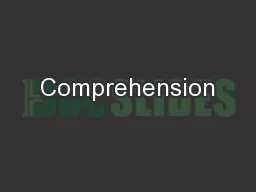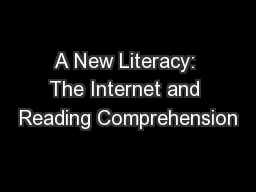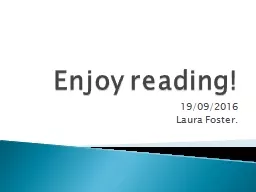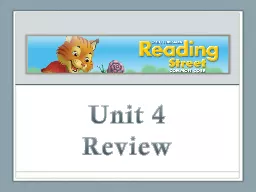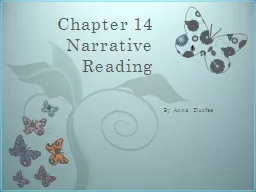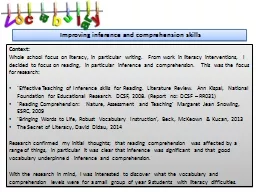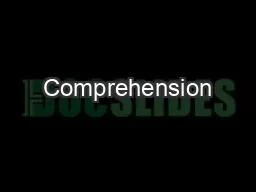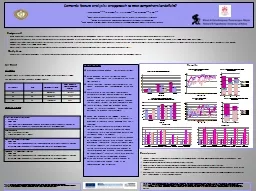PPT-Improving Reading Comprehension Across Content Areas
Author : pamella-moone | Published Date : 2016-11-17
The Two Tested Strategies Marginalia Commonly known at Think Alouds Using this strategy students are asked to make quick responses to a series of six questions
Presentation Embed Code
Download Presentation
Download Presentation The PPT/PDF document "Improving Reading Comprehension Across C..." is the property of its rightful owner. Permission is granted to download and print the materials on this website for personal, non-commercial use only, and to display it on your personal computer provided you do not modify the materials and that you retain all copyright notices contained in the materials. By downloading content from our website, you accept the terms of this agreement.
Improving Reading Comprehension Across Content Areas: Transcript
Download Rules Of Document
"Improving Reading Comprehension Across Content Areas"The content belongs to its owner. You may download and print it for personal use, without modification, and keep all copyright notices. By downloading, you agree to these terms.
Related Documents





